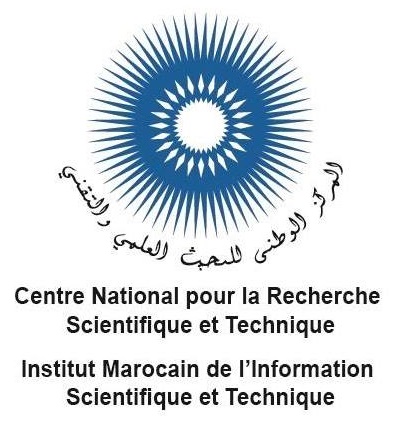Selection of material through "Thermal-Stress" analysis on Fusion 360 for a brake rotor
Keywords:
Brake, Rotor, Material selection, FEA, Grey Cast Iron, Ti-6Al-4V, Thermal-StressAbstract
The braking systems are used for reducing speed or halting the vehicle. The brake rotors experience high frictional forces causing their wear and tear; kinetic energy is converted into heat energy which increases the temperature of the rotor. If an appropriate amount of heat is not dissipated it can deteriorate the quality of the rotor. This paper aims to determine better material from the traditionally used Grey Cast Iron. Heat dissipation, deformation and safety factor are determined by the physical and thermal properties of the material. To select the best material, ‘Thermal-Stress’ analysis is performed on Fusion 360 as a brake rotor experiences not only high torque but also high temperature at the same time. The results are conferred based on the various criteria discussed in the paper such as material properties, the temperature generated and FEA. The tests lead to Ti-6Al-4V (Ti Grade 5) as the best material.
Downloads
References
Maleque, M. & Dyuti, Sarker & Rahman, Prof. Dr. Md. Mustafizur. (2010). Material Selection Method in Design of Automotive Brake Disc. Lecture Notes in Engineering and Computer Science. 2185.
Ali Belhocine, Abd Rahim Abu Bakar & Mostefa Bouchetara (2016) Thermal and structural analysis of disc brake assembly during single stop braking event, Australian Journal of Mechanical Engineering
Towoju, Olumide. (2019). Braking Pattern Impact on Brake Fade in an Automobile Brake System. Journal of engineering sciences. 6. E11-E16. 10.21272/jes.2019.6(2).e2.
https://www.autoblog.com/2015/11/30/why-do-brake-rotors-warp/
Maleque, M. & Dyuti, Sarker & Rahman, Prof. Dr. Md. Mustafizur. (2010). Material Selection Method in Design of Automotive Brake Disc. Lecture Notes in Engineering and Computer Science. 2185.
https://flocast.wordpress.com/2011/12/06/properties-of-grey-cast-iron.
https://en.wikipedia.org/wiki/Ti-6Al-4V
https://www.makeitfrom.com/material-properties/Grade-5-Ti-6Al-4V-3.7165-R56400-Titanium
https://www.makeitfrom.com/material-properties/AISI-440C-S44004-Stainless-Steel
https://www.ryerson.com/resource/the-gauge/grade-anatomy-aluminum-6061
https://www.makeitfrom.com/material-properties/6061-AlMg1SiCu-3.3214-H20-A96061-Aluminum
Material properties library- Autodesk Fusion 360- Grey Cast Iron (ASTM A48 Grade 30)
Material properties library- Autodesk Fusion 360 – Ti-6Al-4V
Material properties library- Autodesk Fusion 360 – SS 440C
Material properties library- Autodesk Fusion 360 – Al 6061
https://en.wikipedia.org/wiki/Strength_of_materials
https://www.linkedin.com/pulse/thermal-stress-analysis-part-1-agnes-shin-1d/
Downloads
Published
How to Cite
Issue
Section
License
Copyright (c) 2021 Gaurav Maurya

This work is licensed under a Creative Commons Attribution 4.0 International License.
Copyright on any article in the International Journal of Engineering and Applied Physics is retained by the author(s) under the Creative Commons license, which permits unrestricted use, distribution, and reproduction provided the original work is properly cited.
License agreement
Authors grant IJEAP a license to publish the article and identify IJEAP as the original publisher.
Authors also grant any third party the right to use, distribute and reproduce the article in any medium, provided the original work is properly cited.















